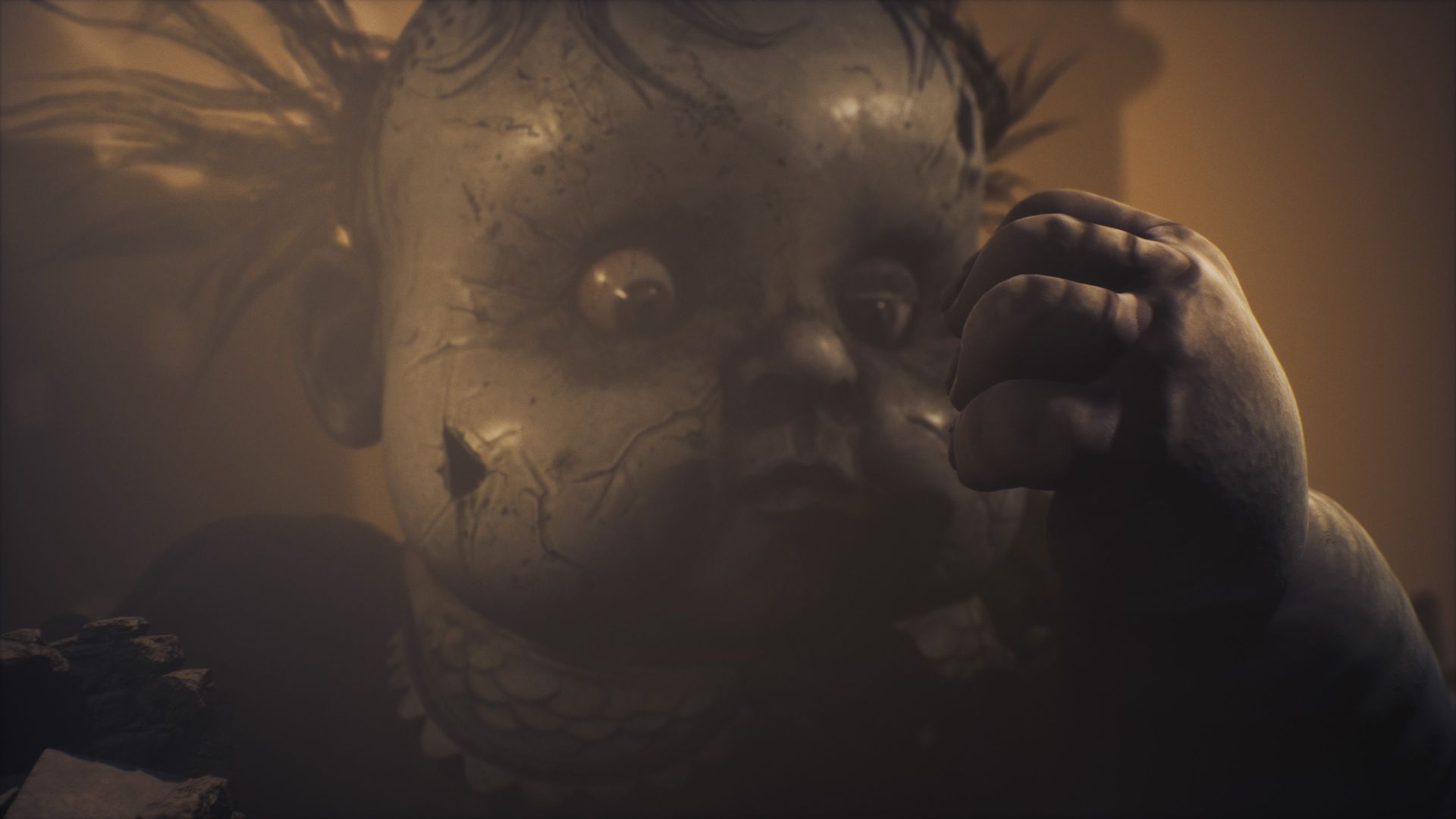The highly anticipated release of Little Nightmares 3 has left players feeling more frustration than fear, as they navigate a dark and challenging gaming environment. Developed by Supermassive Games, this latest installment in the acclaimed franchise has received mixed reviews, with many gamers expressing dissatisfaction with the gameplay experience.
Little Nightmares 3 attempts to build on its predecessors by offering a spooky atmosphere, intricate puzzles, and platforming challenges. However, players have reported significant visibility issues that hinder enjoyment. The game launches players into a shadowy world that obscures critical elements, making it difficult to engage with the environment. Even with accessibility options, such as highlighted outlines for interactive objects, players struggle to discern what is usable in the dark.
Accessibility Features Fall Short
While Little Nightmares 3 includes numerous accessibility features, including adjustable font styles and brightness settings, these tools only partially alleviate the challenges presented by the game’s design. Players have noted that despite these aids, the overall visibility remains a major obstacle. The darkness is so pervasive that even the tutorial fails to adequately guide newcomers, throwing them into complex scenarios without sufficient instruction.
The game employs a 2.5D perspective, which can exacerbate platforming difficulties. As players maneuver through the environment, odd camera angles and blinding darkness create a frustrating gameplay experience. This leads to numerous unintentional falls and even encounters with enemies that can result in instant defeat. For players controlling Low, one of the game’s protagonists, getting close enough to attack foes can be a precarious endeavor, as the timing is crucial and mistakes are often punishing.
Puzzles Lack Clarity and Challenge
Puzzles in Little Nightmares 3 present their own set of challenges. While some may appear straightforward, the obscured environments make it tough to identify both the goal and the necessary actions required to progress. Early puzzles, which involve coordinating with an AI companion, often leave players waiting in confusion, unsure when assistance will arrive. This lack of clarity detracts from the potential enjoyment of the game, turning what should be engaging challenges into tedious tasks.
Online multiplayer options exist, which some players may find enhances the experience. However, the absence of a local co-op mode has disappointed many, as teaming up with friends locally could alleviate some of the frustrations encountered when relying on AI.
The core issue with Little Nightmares 3 lies in its failure to deliver the expected thrills of horror gaming. Players have found that the absence of effective scares, combined with a reliance on darkness for atmosphere, ultimately results in a sense of annoyance rather than fear. Previous titles in the series successfully created tension through gameplay mechanics that required players to actively engage with their surroundings. In contrast, the latest release has left fans yearning for the more immersive experiences of earlier installments.
In summary, while Little Nightmares 3 brings a wealth of potential and creativity to the table, the execution has left many players feeling disillusioned. The mixture of visibility challenges, unclear puzzle mechanics, and a lack of genuine horror elements has transformed what should have been an exciting venture into the realm of nightmares into a frustrating exercise. As critical feedback continues to emerge, it remains to be seen how Supermassive Games will address these issues in future updates or sequels.








































































